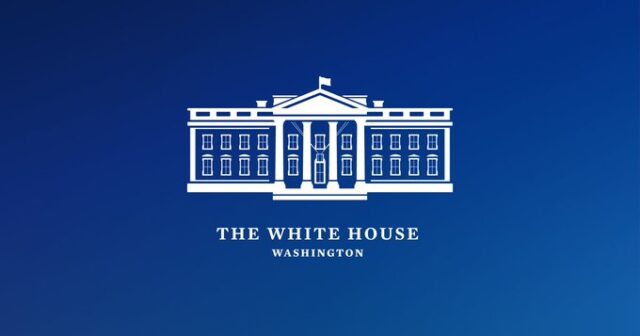The US government last month unveiled the Indo-Pacific strategy. The aim of this strategy rolled out by the Biden administration is to make the US in a leadership position in the region. Since last year, the US government worked towards strengthening longstanding alliances, forging new partnerships, and working to improve links among them to meet the latest challenges. These challenges range from the competition with China to climate change.
Some of the key emphases of this strategy are the following:
- A Free and Open Indo-Pacific Region: to promote a free and open region, the US will invest in democratic institutions, free press, and vibrant civil society, drive reforms and strive towards fiscal transparency, ensure the region’s seas and skies are governed by international law and work towards common approaches to critical and emerging technologies, the internet, and cyberspace.
- A Connected Region: the attempt is to build collective capacity within the region and beyond. That would mean working with five regional treaty alliances with Australia, Japan, the Republic of Korea (ROK), the Philippines, and Thailand; Strengthening relationships with leading regional partners, including India, Indonesia, Malaysia, Mongolia, New Zealand, Singapore, Taiwan, Vietnam, and the Pacific Islands; Supporting India’s continued rise and regional leadership; Contributing to an empowered and unified ASEAN and Strengthening the Quad.
- A Prosperous Indo-Pacific Region: The US will remain committed to bringing prosperity to the region. The government will strive to encourage investments in innovation, strengthen economic competitiveness, produce good-paying jobs, rebuild supply chains, and expand economic opportunities for middle-class families.
- A Secure Region: the US will bolster Indo-Pacific security, drawing on all instruments of power to deter aggression and to counter coercion, by advancing integrated deterrence, deepening cooperation and enhancing interoperability with allies and partners and maintaining peace and stability across the Taiwan Strait, innovating to operate in rapidly evolving threat environments, including space, cyberspace, and critical- and emerging-technology areas and continuing to deliver on AUKUS.
- A Resilient Region: climate change, natural disasters, scarcity of resources, pandemics are just some of the key challenges across the region. To deal with these transnational threats, the US will work with allies and partners to develop strategies for 2030 and 2050 targets, goals, and policies to limit the increase in temperature, focus on climate change and environmental degradation, end the COVID-19 pandemic and strengthen global health security.









